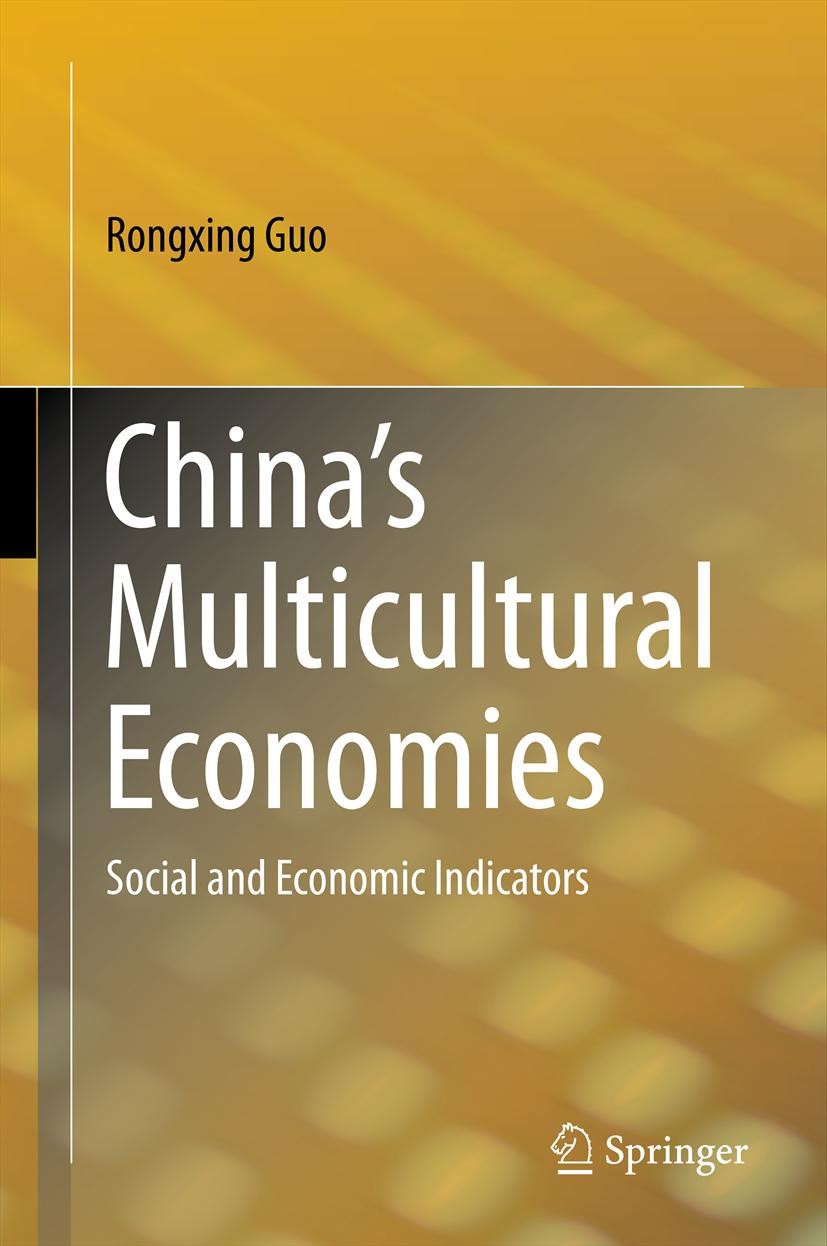| 书目名称 | China’s Multicultural Economies | | 副标题 | Social and Economic | | 编辑 | Rongxing Guo | | 视频video | http://file.papertrans.cn/226/225670/225670.mp4 | | 概述 | Provides a broad collection of data on China’s 56 ethnic groups.Profiles the demography, cultural, economy, and business climates for each of China’s diverse ethnic groups.Provides full set of data on | | 图书封面 |  | | 描述 | Although the majority of China’s population is of the Han nationality (which accounts for more than 90% of China’s population), the non-Han ethnic groups have a population of more than 100 million. Until now, China has officially identified, except for other unknown ethnic groups and foreigners with Chinese citizenship, 56 ethnic groups. In addition, ethnic groups vary widely in size. With a population of more than 15 million, the Zhuang have the largest ethnic minority, and the Lhoba, with only two thousand or more, the smallest. China’s ethnic diversity has resulted in a special socioeconomic landscape of China itself. This book develops a complete socioeconomic picture and a detailed and comparable set of data for each of China’s ethnic groups. There have not been any precise data on China’s socioeconomic statistics from multi-ethnic dimension. The only official data released can be found in China Ethnic Statistical Yearbook (released by the State Commission of Ethnic Affairs (SCEA) of the People’s Republic of China since 1994). However, as this Yearbook has only reported the socioeconomic statistics for the minority-based autonomous areas, a complete set of China’s multi-ethnic | | 出版日期 | Book 2013 | | 关键词 | People’s Republic of China; citizenship; ethnic groups; ethnic minority; nationality; population | | 版次 | 1 | | doi | https://doi.org/10.1007/978-1-4614-5860-9 | | isbn_softcover | 978-1-4899-8582-8 | | isbn_ebook | 978-1-4614-5860-9 | | copyright | Springer Science+Business Media New York 2013 |
The information of publication is updating

|
|
 |Archiver|手机版|小黑屋|
派博传思国际
( 京公网安备110108008328)
GMT+8, 2025-11-11 12:14
|Archiver|手机版|小黑屋|
派博传思国际
( 京公网安备110108008328)
GMT+8, 2025-11-11 12:14


